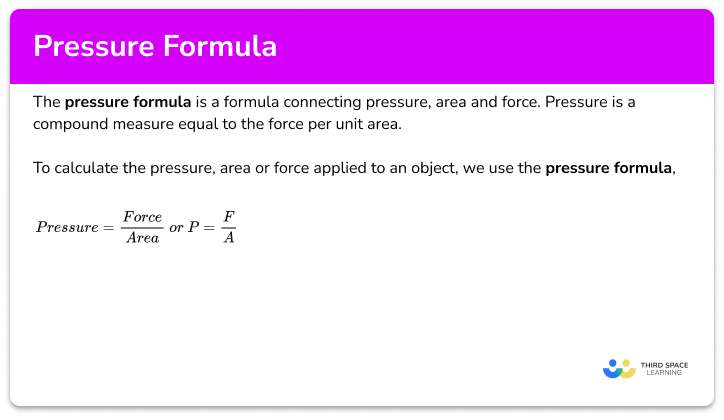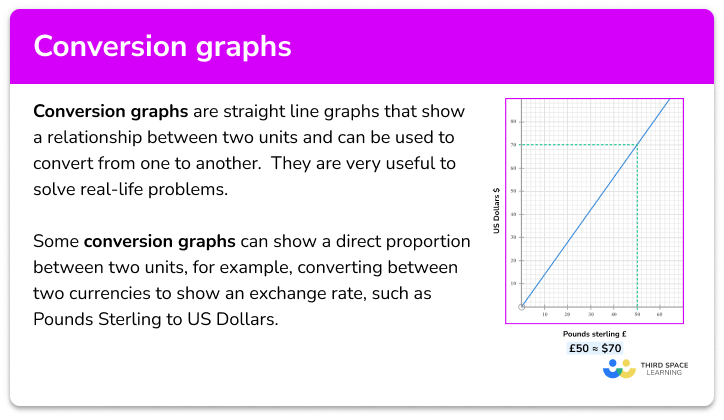FREE DOWNLOAD
Scale drawing worksheet

Help your students prepare for their Maths GCSE with this free scale drawing worksheet of 30+ questions and answers
- Section 1 of the scale drawing worksheet contains 20+ skills-based scale drawing questions, in 3 groups to support differentiation
- Section 2 contains 3 applied scale drawing questions with a mix of real life word problems and deeper problem solving questions
- Section 3 contains 3 foundation and higher level GCSE exam questions on scale drawing
- Answers and a mark scheme for all scale drawing questions are provided
- Questions follow variation theory with plenty of opportunities for students to work independently at their own level
- All questions created by fully qualified expert secondary maths teachers
- Suitable for GCSE maths revision for AQA, OCR and Edexcel exam boards
Unlock access to download your free resource
You can unsubscribe at any time (each email we send will contain an easy way to unsubscribe). To find out more about how we use your data, see our privacy policy.
Scale drawing at a glance
A scale drawing is an accurate drawing of an object or landscape where the sizes have been enlarged or reduced by a given scale factor. Real life examples include technical drawings of objects, floor plans and maps. Scale models can be used alongside scale drawings. Scale models give an accurate 3D representation of an object. As with scale drawings, the real height/length/width of the object is scaled up or down to create the model.
When creating a scale drawing, we use a given scale. For example, a scale of 1:50 would mean that the drawing is 50 times smaller than the object. A real life measurement of 150 centimetres would be drawn with a length of 150 / 50 = 3 centimetres.
If we are looking at a scale drawing, we can work out the actual lengths using the scale. For example, if we had a map with map scale of 1:10000, a distance of 2cm on the map would give a real life distance of 2 * 10000 = 20000 cm, or 0.2km. The actual distance is 10000 times greater than the distance on the map.
Looking forward, students can then progress to additional ratio and proportion worksheets, for example a ratio worksheet or a simplifying and equivalent ratios worksheet.

For more teaching and learning support on Ratio and Proportion our GCSE maths lessons provide step by step support for all GCSE maths concepts.
Do you have GCSE students who need additional support?

There will be students in your class who require individual attention to help them achieve their target GCSE maths grade. In a class of 30, it’s not always easy to provide.
Help your students feel confident with exam-style questions and the strategies they’ll need to answer them correctly with personalised online one to one tutoring from Third Space Learning
Lessons are selected to provide support where each student needs it most, and specially-trained GCSE maths tutors adapt the pitch and pace of each lesson. This ensures a personalised revision programme that raises grades and boosts confidence.








